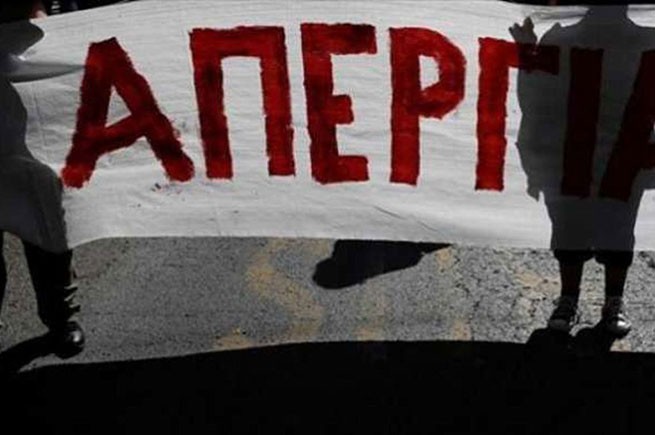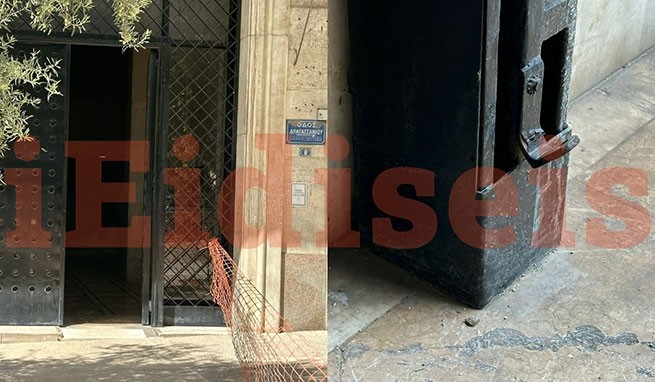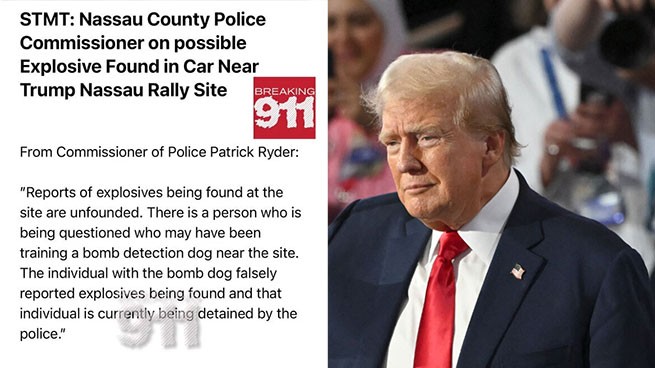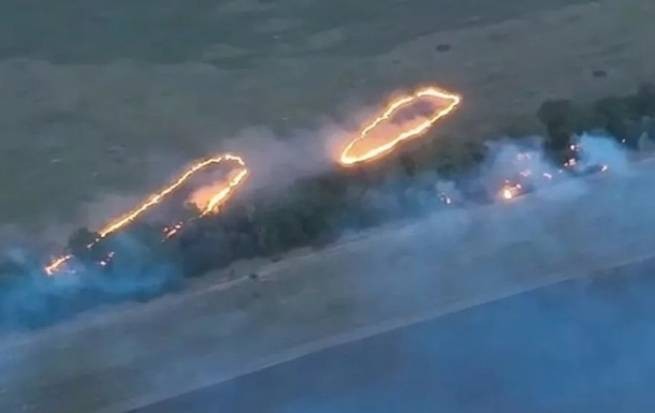CNN reports on flamethrower “dragon drones” being used on the battlefield by the Ukrainian military.
According to data editionsit appears that Ukraine is using a modern version of the munitions that had terrible effect in both world wars in its war with Russian invaders. Videos posted on social media by the Ukrainian Defense Ministry show low-flying drones dropping streams of fire on Russian-held positions in forest belts, the report says.
It is a hot mixture of aluminum powder and iron oxide, which is called thermite, its combustion temperature is 2200°C. When falling from a drone, it resembles fire (video), bursting out of the mouth of a mythical dragon, which is where the drones got their name. The 60th separate mechanized brigade of the Armed Forces of Ukraine posted a message on Facebook video and message:
“Strike drones are our wings of vengeance, bringing fire straight from the sky! They become a real threat to the enemy, burning their positions with a precision that no other weapon can match.”
Nicholas Drummond, a defence industry analyst specialising in land warfare and a former British Army officer, told CNN that the use of thermite from a drone “is quite innovative”:
“But if it is used in this way, the effect will be more psychological than physical.”
Drummond doesn't think the use of such drones could change the course of the war. But the thermite gives Russian troops another reason to fear Ukrainian drones, CNN reports. Thermite can easily burn through almost anything, including metal, so it is almost impossible to protect against it.:
Thermite was discovered by a German chemist in the 1890s and was initially used to weld railway tracks. However, its military effectiveness was soon discovered: the Germans dropped it over Britain during World War I. Both Germany and the Allies used thermite aerial bombs in World War II.
Ukraine has already used thermite dropped from drones to disable Russian tanks, according to Action on Armed Violence, a UK-based anti-war advocacy group.
Thermite is just one type of incendiary weapon, others including napalm and white phosphorus. The UN Office for Disarmament Affairs says incendiary weapons can cause widespread destruction and harm the environment.
Under international law, thermite is not banned for use in warfare, but its use on civilian targets is prohibited due to the dire consequences it can have on the human body.the publication notes.
Ukraine accused Russia of using incendiary munitions against civilian targets at the start of a full-scale warincluding against the village of Cherkasski Tishki in the Kharkiv region in May 2022. Ukrainian military also Russia accused of using incendiary substances during the attack on Bakhmut last year.
In a review by the Institute for the Study of War, analysts also note that Ukraine is actively and successfully developing electronic warfare systems to counter Russian UAVswhich helps preserve limited air defense systems and missiles:
“Ukraine continues to successfully adapt and develop its counter-drone (EW) capabilities, allowing Ukrainian forces to use low-end systems to counter Russian pressure on Ukraine's limited air defense system.”
Ukrainian military analyst Petro Chernik said on September 7 that Ukrainian electronic warfare (EW) systems are disabling Shahed-136/131 drones, causing them to change course and crash after running out of fuel. ISW notes:
“ISW has also recently observed reports of Ukrainian forces using FPV drones to shoot down Russian helicopters, reconnaissance drones, and attack drones. These Ukrainian countermeasures are part of a broader effort to offset the pressure that repeated large-scale Russian strikes are placing on Ukraine's limited air defenses in the face of delayed and inconsistent Western security assistance.”
According to American analysts, Ukraine's use of electronic warfare systems to counter Shahed drones will, in particular, allow Ukrainian troops to retain limited air defense systems and missiles that Ukraine needs to defend itself against Russian missile strikes aimed at Ukraine's frontline areas, critical infrastructure facilities, and large population centers.
ISW continues to believe that Russian and Ukrainian forces are engaged in a technological race between offensive and defensive technologies, and that Ukraine's ability to introduce technological innovations that outpace Russian adaptations is critical to Ukraine's ability to offset Russia's current logistics advantages.







More Stories
White House acknowledges Zelensky's peace plan "realistic" and ponders his contribution to it (video)
WSJ: 1 million people killed or wounded in the war in Ukraine
Biden did not authorize long-range missile strikes on Russia